Superfoods are cropping up all over—literally. We’re inundated daily with information, sometimes conflicting, on what actually makes a food “super” and how to prepare them for maximum health benefits.
The American Diabetes Association breaks it down in the Diabetes Superfoods Cookbook and Meal Planner. This book is a great superfood resource, and not just for those with diabetes or pre-diabetes. It puts some science behind the trend and helps you understand which foods squarely fit. Find a recipe from the book for Bruschetta-Stuffed Mushrooms here.
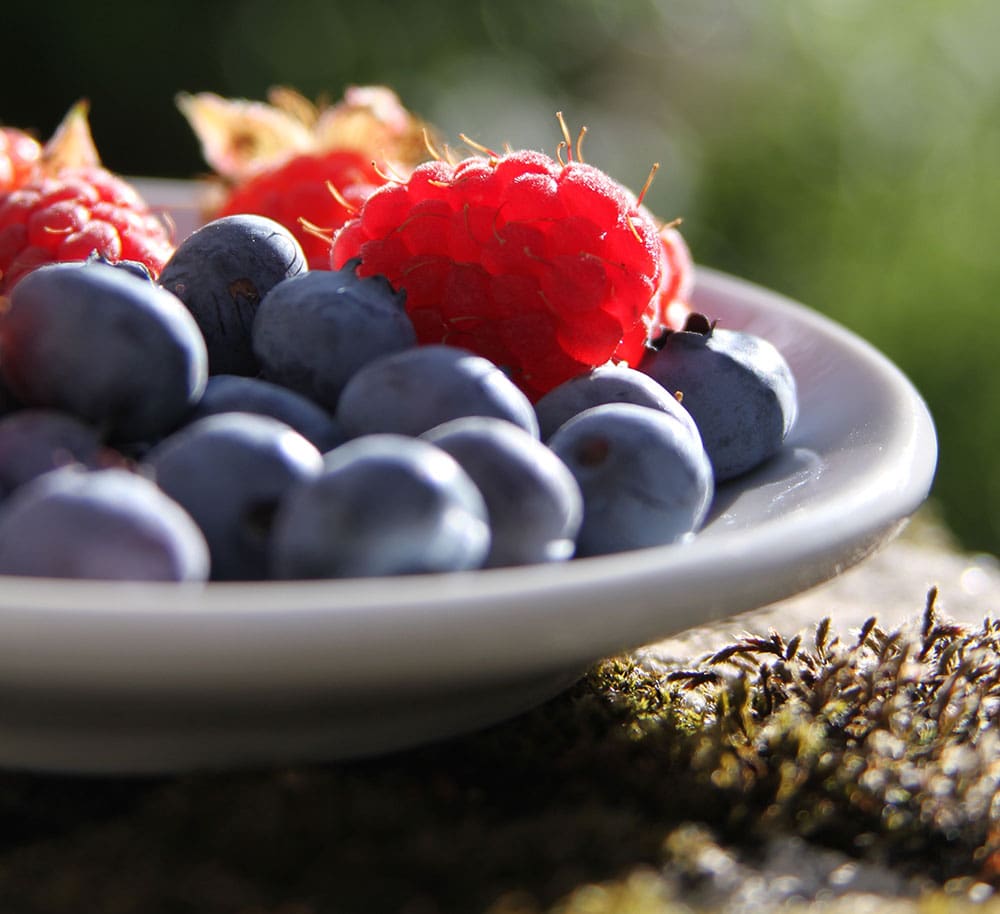
“Certain foods really do pack more nutrition than others,” according to Cassandra Verdi, MPH, RD, coauthor of the cookbook. “Superfoods do exist, and they can be a helpful tool for people with diabetes or anyone who wants to enjoy better health.”
In addition to information, the Diabetes Superfoods Cookbook and Meal Planner contains more than 100 recipes that are simple to prepare and contain at least one superfood. It also includes more than 40 days’ worth of meal plans that incorporate recipes from the book.
Thirteen Superfoods For Health
Berries. “Strawberries, blackberries, raspberries, blueberries, and cranberries are packed with antioxidants, which are cancer-fighting molecules,” says Verdi. “Berries are also a great source of fiber. We like them fresh, but they can be enjoyed frozen (great in smoothies) or in dried form as a tasty snack.”
Citrus Fruits. Oranges, clementines, grapefruit, lemons, and limes are great providers of vitamin C and soluble fiber. The authors recommend packing oranges or clementines as a snack since they travel well. Or add a dash of fresh lime in your water for a bit of flavor. Citrus juices can also be used in all kinds of recipes to add the perfect pop of flavor.
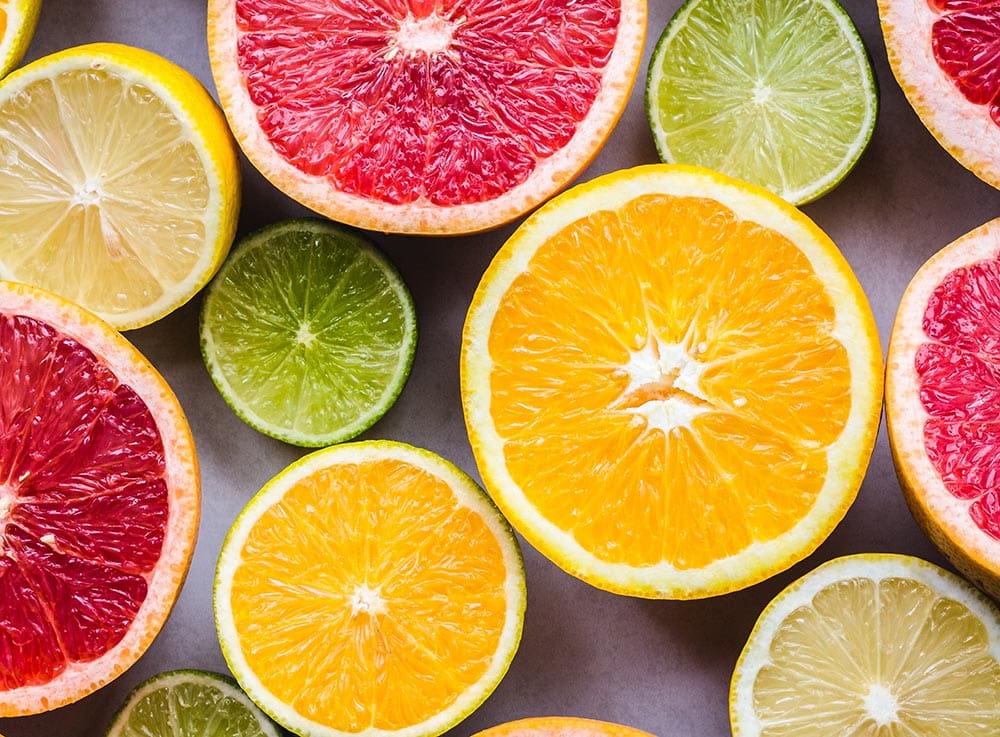
Cruciferous Veggies. Cruciferous veggies like cauliflower, broccoli, Brussels sprouts, cabbage, and bok choy are rich in fiber and a plethora of phytochemicals, vitamins, and minerals. Incorporate them into a plate of crudités at your next gathering. Or lightly sauté, roast, or steam them as a side at dinner.
Dark Leafy Greens. Spinach, collards, kale, romaine lettuce, mustard greens, watercress, and Swiss chard are nutrient powerhouses that provide vitamin C, fiber, folic acid, potassium, magnesium, and iron. They are also very low in carbohydrates. Pair them with other superfoods to create delicious salads, sandwiches, pasta dishes, omelets, or soups.
Fish High in Omega-3 Fatty Acids. The American Diabetes Association recommends that most people eat fish at least two to three times per week. Some fish are packed with nutrients called omega-3 fatty acids, which play a role in heart and brain health. These include salmon, trout, sardines, anchovies, herring, Pacific oysters, and Atlantic and Pacific mackerel. In addition to healthy fats, fish also provide vitamin D and calcium.
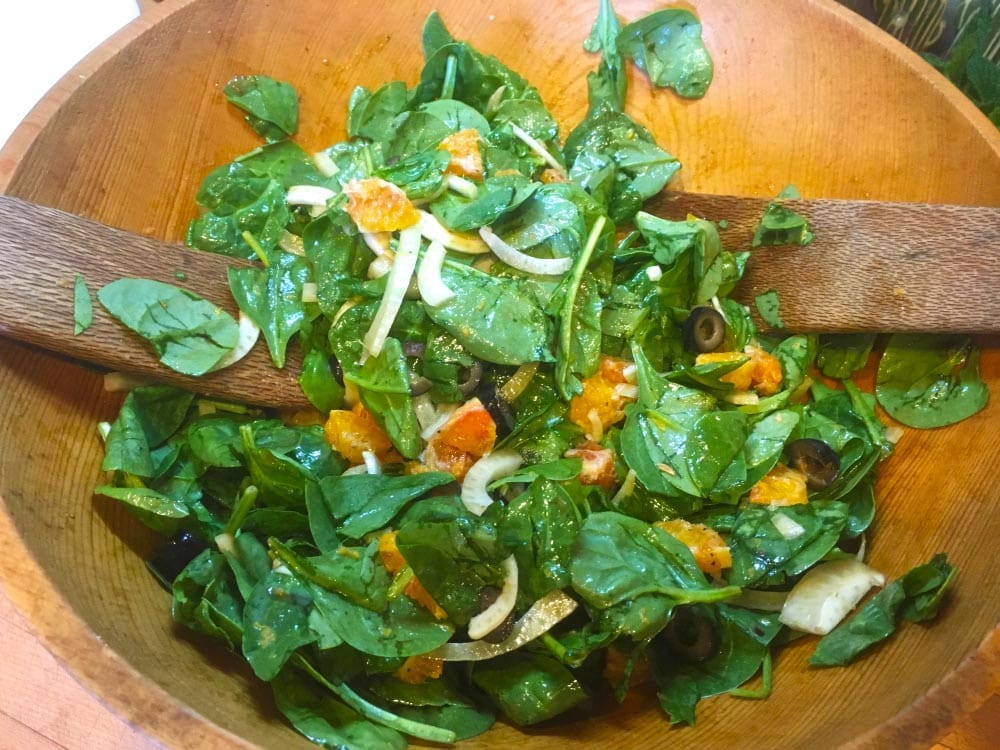
Healthy Fats. Diabetes nutrition guidelines have shifted away from promoting a low-fat diet in recent years. Newer research shows that when planning meals for diabetes, it’s more important to look at the type of fat you’re eating rather than the total amount of fat. Healthy fats may help with blood glucose management and lower the risk of heart disease. Sources include most plant-based oils (olive, canola, corn, etc.), avocados, olives, nuts, nut butters, and seeds.
Herbs and Spices. While there is still a body of evidence building about the benefits of various herbs and spices, many of these plant-based ingredients have been associated with health benefits. Not to mention, they don’t add any extra calories, carbs, or sodium to your dishes.
Lean Protein. Lean fish, shellfish, eggs (especially the egg whites), and poultry without the skin fall into this category. These foods are high in protein and contain little fat and no carbohydrate. Protein has less of an effect on blood glucose levels, so unless you follow a vegetarian eating pattern, it’s a great idea to incorporate these foods into your meals.
Legumes—Beans, Peas, and Lentils. These budget-friendly, plant-based proteins are also an excellent choice at mealtime! Legumes also include bean-based foods like hummus, edamame, and soy products. For one-half cup of beans, you get about 15–20 grams of carbohydrates, but you also meet approximately one-third of your daily fiber needs. They also provide magnesium, folate, potassium, and iron.
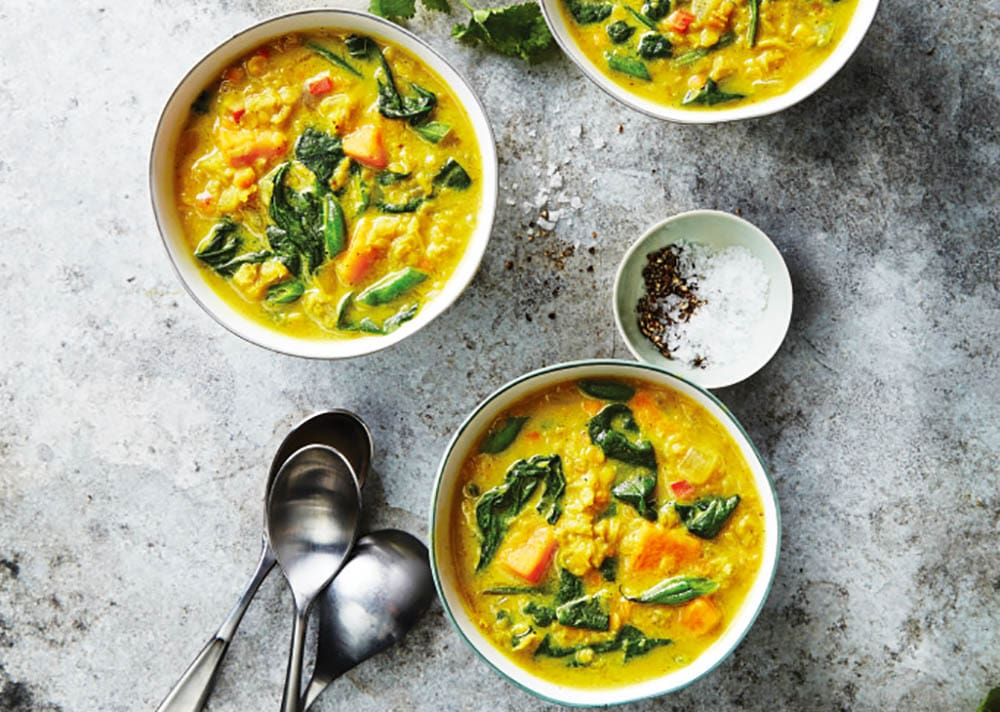
Low-Fat Milk and Yogurt. Milk and yogurt provide important nutrients such as calcium and protein and are usually fortified with vitamin D. When it comes to milk, opt for nonfat milk whenever possible. And for yogurt, always compare nutrition information on labels in the yogurt aisle to determine the best pick. Be sure to watch the total carbohydrates.
Sweet Potatoes. Sweet potatoes are packed with vitamin A, vitamin C, and potassium. They also have a lower glycemic index than regular potatoes, so they won’t affect your blood glucose as much. They are a starchy vegetable, so it’s important to eat them in small portions—one-half cup cooked has about 15 grams of carbohydrates.
Tomatoes. These non-starchy vegetables are packed with nutrients including vitamins A, C, and E, as well as potassium. They also are high in lycopene, an antioxidant that has been linked to many health benefits.
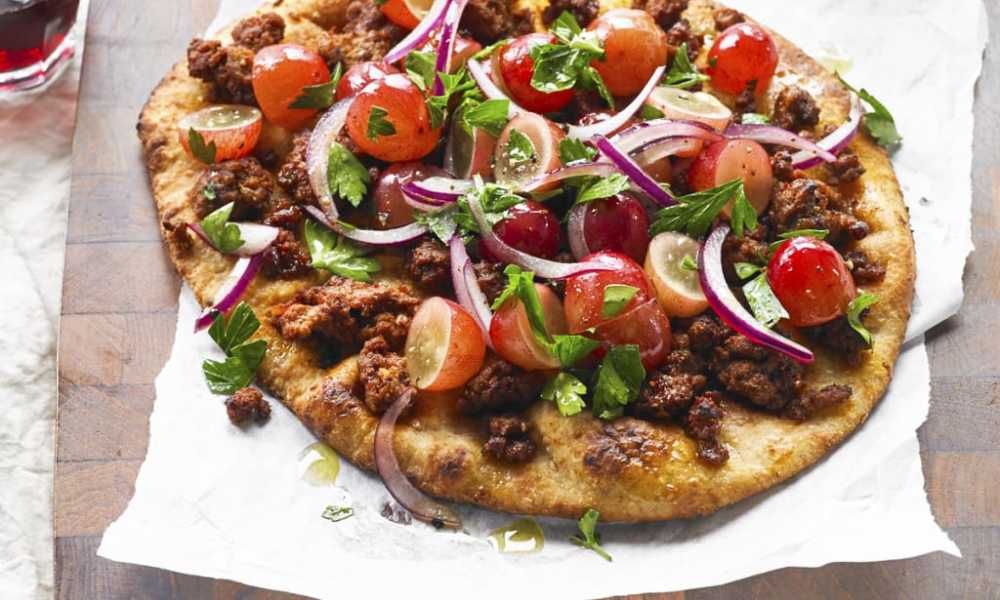
Whole Grains. Whole grains include oats, whole wheat, barley, brown rice, quinoa, farro, and even popcorn. Try to make most of the grains you eat whole grains. It’s a simple swap from white rice to brown rice or from white bread to a nuttier, more flavorful whole wheat. Whole grains provide dietary fiber and have been linked to heart health. Whole grains also offer a host of vitamins and minerals.
“The best time to start making healthier choices is right now,” says Verdi. “Start adding more superfoods to your diet today and soon you’ll see the impact they make on your health and well-being.”


You must be logged in to post a comment.